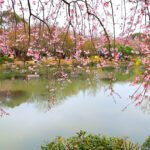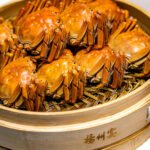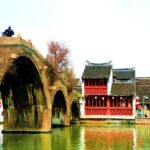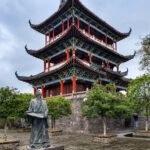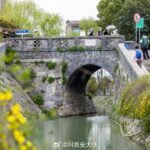Jiangsu, a place one would love to revisit, is abundant with cultural and natural landscapes, making it ideal for impromptu travel. Embark on a three-day tour of Yangzhou, Zhenjiang, and Wuxi, visiting one city a day.
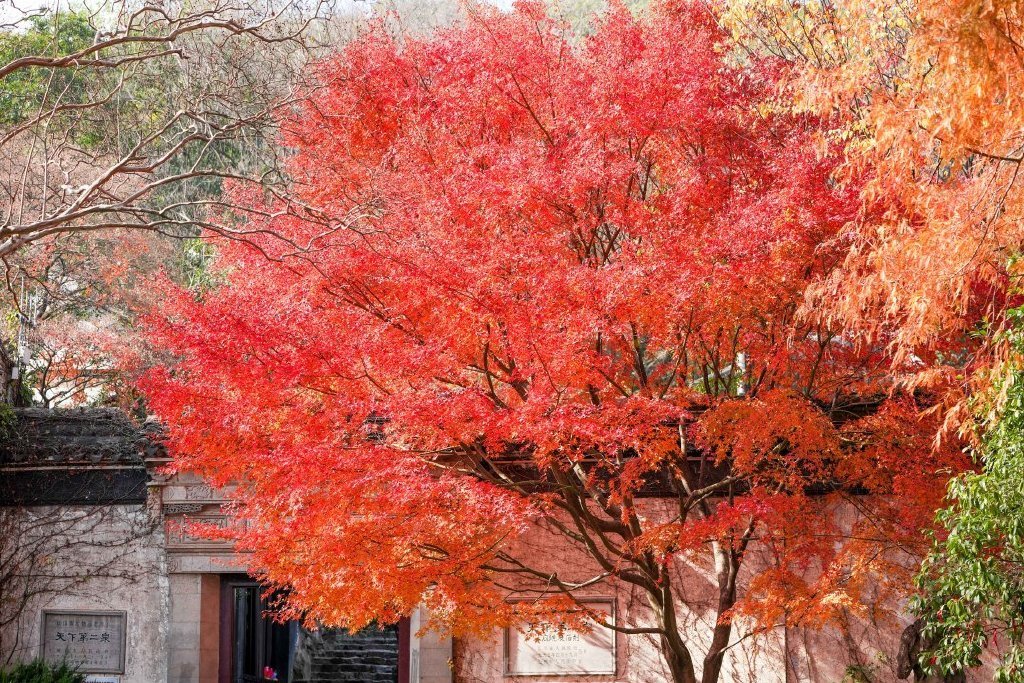
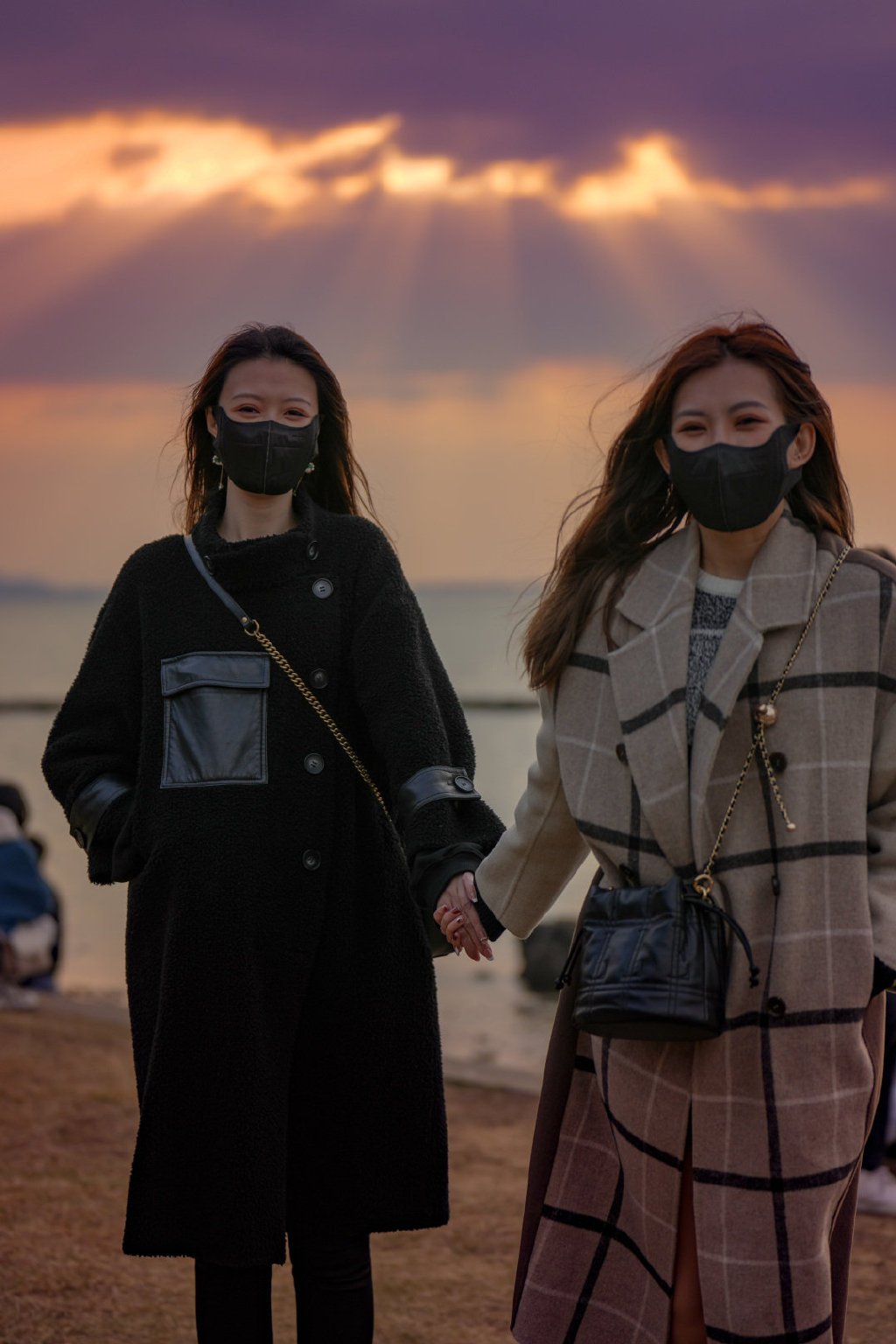
Transportation: High-speed rail is available to Yangzhou, Zhenjiang, and Wuxi, making travel very convenient. Of course, driving is also a good option.
Main Route: Yangzhou – Zhenjiang – Wuxi
Yangzhou Route: China Grand Canal Museum – Slender West Lake – Dongguan Street Night View
Zhenjiang Route: Jinshan Temple – China Vinegar Culture Museum – Xijin Ferry Night View
Wuxi Route: Huishan Ancient Town – Jichang Garden – Huishan Temple – Donglin Academy – Wuxi Opera Museum – Turtle Head Isle – Nianhua Bay Night View
For museum enthusiasts, each day’s itinerary includes museums, facilitating an understanding of the local cultural background.
DAY1 Yanzhou
China Grand Canal Museum – Slender West Lake – Dongguan Street Night View
China Grand Canal Museum opening hours: Tuesday – Sunday, 09:00 – 17:00. Reservations are a must, and a visit requires at least 3 hours. The museum is vast with a rich collection, covering a broad range of topics. It often hosts excellent special exhibitions, making it a worthwhile visit, especially for families wanting to learn about Chinese culture and history. The museum’s design and structure are imposing, with a solemn and historical color scheme. The lobby features numerous sculptures and distinctive benches for visitors to rest.
Permanent exhibitions include the Grand Canal—China’s World Cultural Heritage, Born from the Canal—Impressions of Canal Streets. Special exhibitions cover the intangible cultural heritage of the Grand Canal, world-renowned canals and canal cities, the epic scroll of the Grand Canal, Emperor Yang of Sui and the Grand Canal, the Forbidden City and the Grand Canal, and Fun in Canal Wetlands. There are also some creative products, and if you have a museum passport, you can get it stamped.
Recent special exhibition ‘Wondrous Truth’ features collections such as the murals of Yongle Palace in Shanxi, which are exquisite and worth seeing.
Slender West Lake: Slender West Lake is the most famous scenic spot in Yangzhou and an important part of the World Cultural Heritage Grand Canal. This group of lakeside gardens formed during the Kangxi and Qianlong periods of the Qing Dynasty integrates the elegance of the south with the grandeur of the north. The winding lake water connects the Twenty-Four Bridges, Five Pavilion Bridge, Fishing Platform, White Pagoda, and Xi Chun Tai. On a sunny day, it’s perfect for boating, and on a cloudy rainy day, it has the charm of ink-washed Jiangnan. There are also flowers throughout the seasons, making it a place to visit all year round.
Dongguan Street Night View: The original street was paved with long slab stones, with shops lining both sides and all kinds of businesses thriving. It’s a perfect ancient street for shopping and eating, where you can try osmanthus lotus root powder balls, which are surprisingly large in portion. You can also try braised dried bean curd, Yangzhou lion’s head, and Yangzhou fried rice—Yangzhou’s cuisine is truly famous.
DAY2 Zhenjiang Jinshan Temple – China Vinegar Culture Museum – Night View of Xijindu. Yangzhou and Zhenjiang are very close. I stayed in Yangzhou the night before. On the second day, it only takes half an hour to reach Zhenjiang from Runyang Bridge. Jinshan Temple: In ancient times, Jinshan was originally an island standing in the middle of the Yangtze River and was praised as ‘a beautiful lotus in the middle of the river’. Zhang Hu of the Tang Dynasty described it as ‘Trees are seen in the middle of the river, and the sound of bells is heard on both banks.’ Shen Kuo of the Northern Song Dynasty praised it: ‘Pavilions and terraces on both banks are connected by water, and the sky in the south and north of the Yangtze River is like a mirror.’ Jinshan Temple, also known as Jiangtian Zen Temple, and it also had former names such as Longyou Temple. The four characters ‘Jiangtian Zen Temple’ on the plaque of the mountain gate were written by Emperor Kangxi. The Mahavira Hall is surrounded by carved white stone pillars and topped with golden glazed tiles. It is particularly conspicuous and very imposing among the surrounding black and cyan roofs. Here there is also a White Dragon Cave. It is said that it can lead directly to the West Lake in Hangzhou. The story of Lady White Snake and Xu Xian is really quite romantic. Here, there is the number one spring in the world, there are various islands, and you can take a cruise ship for sightseeing. There is also the imperial dock where Emperor Qianlong toured Jiangnan. China Vinegar Culture Museum: This is an industrial tourism museum. Approaching here, you can smell a strong vinegar fragrance and also taste handmade vinegar that cannot be bought outside. It is composed of vinegar workshops, sauce gardens, wine seas, and Sanyou Hall. It is very interesting to visit. There are also lovely cultural and creative products. Yellow rice wine, soy sauce cheese, and balsamic vinegar-flavored ice cream are all delicious. Xijindu: Here you can enjoy night tours. The night view is good, and you can also play here during the day. Zhaoguan Stone Pagoda is a street-crossing stone pagoda built in the Yuan Dynasty. It is the only well-preserved and oldest street-crossing stone pagoda in China. According to Buddhist explanations, a pagoda is a Buddha. So when we pass through the arch under the pagoda, it is worshipping the Buddha. The Guanyin Cave and Life Saving Society next to it require separate tickets to enter. Xijindu has a sense of historical vicissitudes during the day and a hazy beauty at night. The platform next to Zhaoguan Stone Pagoda is the best place for taking night portraits. In the distance, the stars are dotted, extremely beautiful. Let’s meet in Zhenjiang and taste Yaorou, balsamic vinegar, and pot cover noodles. Pot cover noodles are often no longer sold after 2 pm. If you want to eat them, go early. However, in scenic areas like Xijindu, you can still eat them at night. DAY3 Wuxi Huishan Ancient Town – Jichang Garden – Huishan Temple – Donglin Academy – Wuxi Opera Museum – Yuantouzhu – Night View of Nianhua Bay. Huishan Ancient Town – Jichang Garden – Huishan Temple: Huishan Ancient Town is quite lively in the early morning and is suitable for strolling and having breakfast. Wuxi steamed buns, eel paste noodles, and shortbread are specialties here. Jichang Garden was built in the Ming Dynasty. The area is not very large, but due to its ingenious construction, it appears extremely spacious and grand. In late autumn, camphor trees, red maples, and ginkgo trees are colorful, attracting tourists to stop.
Here, towering ancient trees create a serene and rustic atmosphere, with ingeniously borrowed scenery and refined architecture. It is no wonder that Kangxi and Qianlong, during their southern tours, visited multiple times and inscribed poems repeatedly. ‘In the Southern Dynasty, there were four hundred and eighty temples, how many pavilions and towers were shrouded in the misty rain.’ Wuxi Huishan Temple, founded during the Southern Dynasty, has a history of over 1,500 years and has preserved a considerable number of valuable cultural relics. The ancient ginkgo tree in front of the temple is at its best these days, making for excellent photography. Donglin Academy: The academy features stone archways, Pan Pond, Donglin Hermitage, Lize Hall, Yiyong Hall, Yanju Temple, and Daonan Temple among other structures. The famous couplet hanging inside the academy reads, ‘The sounds of the wind, the rain, and the reading all enter the ear; the affairs of the family, the nation, and the world all concern the heart,’ which is well-known to all. Xi Opera Museum: The museum houses various materials about Xi Opera, including texts, images, and artifacts. The steps feature a timeline of significant events in Xi Opera history, and enthusiasts gather here to perform. The adjacent café has distinctive latte art, depicting the roles of sheng, dan, jing, and mo, and the cakes are delicious, with exquisite cultural and creative offerings. Turtle Head Isle: As the largest landscape garden in the Jiangnan region and one of the most beautiful parts of Lake Taihu, Turtle Head Isle boasts attractions such as Chongshan Yinxiu, Luding Yinghui, Yuanzhu Chun Tao, Hengyun Villa, Wanlang Juanxue, Hushan Zhen Yi, Shili Fangjing, Taihu Xiandao, Jiangnan Lan Yuan, Yinghua Valley, Wuxi Renjie Garden, Zhongdu Chenwu, and Guangfu Ancient Temple. A 15-minute boat ride takes you to SanShan Xiandao, where red-billed gulls fly alongside the boat, creating a spectacular sight. The waterside at dusk is perfect for silhouette photography. Nianhua Bay Night View: Many say that the night view here is more beautiful than the daytime, and one must be present to truly experience it. The Nianhua Pagoda is a Japanese-style wooden structure with five stories. It consists of three parts: the base, the body, and the pinnacle, featuring straight-edged lattice windows, double-lipped tiles, corner brackets, and Sichuan columns, making the pagoda simple and elegant. The eaves extend far out, and it is not climbable, fully displaying the Japanese style. The pagoda stands 27.98 meters tall, with four gates facing east, south, west, and north. The body of the pagoda is 21.28 meters high, and the pinnacle is 6.7 meters high, composed of a bowl, lotus, rings, canopy, three-flower banana leaves, a treasure pearl, a pinnacle chain, and wind bells, all made of brass and covered with gold foil. The Nianhua Pagoda is the highest point in the main street of Nianhua Bay Town—Xiangyue Flower Street, blending tradition, Japanese style, and Zen in its simple and solemn design. Remember to pick up a map when you enter and note the performance times for your visit. The water screen movie and the Wudeng Lake performance are well worth watching. This place has a Tang Dynasty style, making it suitable for visiting in Hanfu. A day in a city, a different view every day; even in winter, you can embark on a spontaneous journey.

